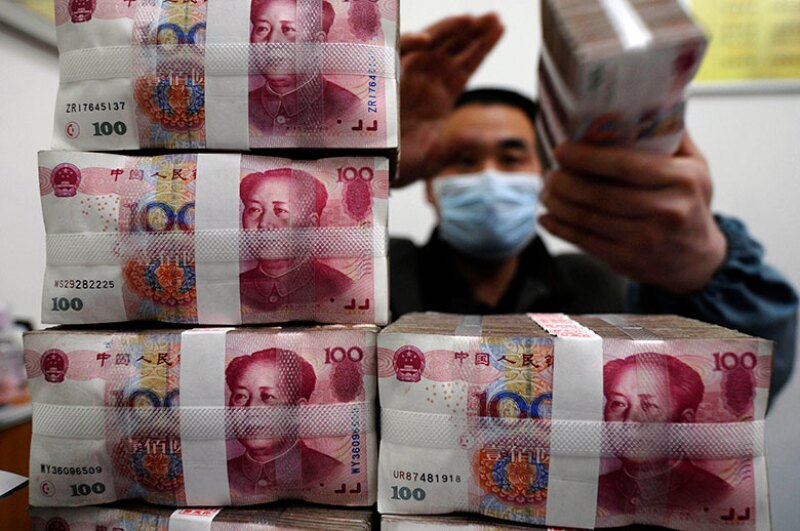
At the height of the global financial crisis (GFC), China staved off recession by turning the dial on stimulus up to 11.
This time around, with Western governments pledging trillions of dollars in state aid as coronavirus threatens to turn a slowdown into a slump, Beijing reacted by nudging the needle up to a four or five. Why?
It’s not like China to be so wary. In 2008 finance minister Xie Xuren: “Saw the GFC for what it was, far earlier than his global counterparties, and did the world a favour”, says Taimur Baig, chief economist at Singapore’s DBS Bank.
The ensuing Rmb4 trillion ($563 billion) stimulus package, channelled into new local government financing vehicles (LGFVs) with clean balance sheets by friendly state banks, was a job-saver and an economic lifeline.
This time all the action is in Washington and Frankfurt.
The European Central Bank’s Pandemic Emergency Purchase will buy sovereign and corporate bonds for as long as the programme is needed. Its price tag is €750 billion, but it is effectively unlimited.

